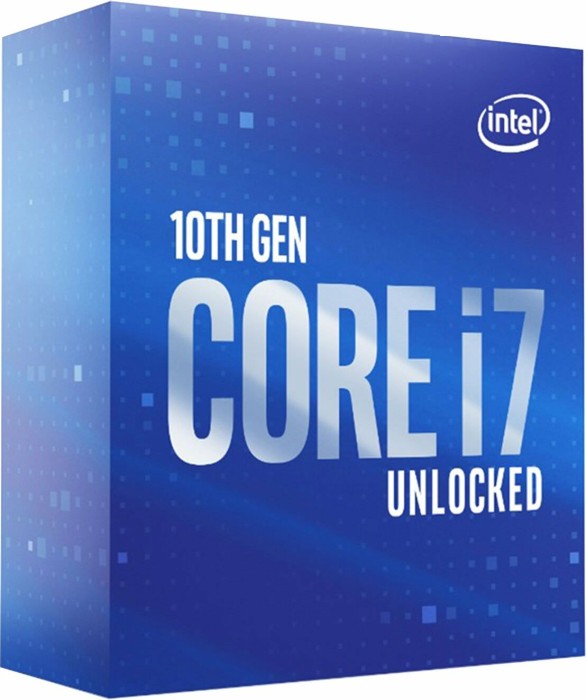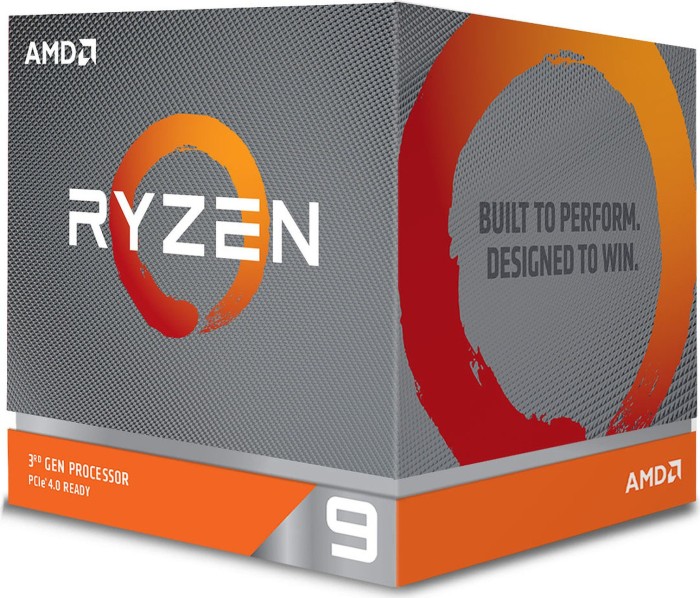- Joined
- Oct 9, 2007
- Messages
- 47,696 (7.42/day)
- Location
- Dublin, Ireland
| System Name | RBMK-1000 |
|---|---|
| Processor | AMD Ryzen 7 5700G |
| Motherboard | Gigabyte B550 AORUS Elite V2 |
| Cooling | DeepCool Gammax L240 V2 |
| Memory | 2x 16GB DDR4-3200 |
| Video Card(s) | Galax RTX 4070 Ti EX |
| Storage | Samsung 990 1TB |
| Display(s) | BenQ 1440p 60 Hz 27-inch |
| Case | Corsair Carbide 100R |
| Audio Device(s) | ASUS SupremeFX S1220A |
| Power Supply | Cooler Master MWE Gold 650W |
| Mouse | ASUS ROG Strix Impact |
| Keyboard | Gamdias Hermes E2 |
| Software | Windows 11 Pro |
Intel's three upcoming processor microarchitectures, namely the next-generation Xeon "Sapphire Rapids," Core "Alder Lake," and low-power "Tremont" cores found in Atom, Pentium Silver, Celeron, and even Core Hybrid processors, will feature a new instruction set that aims to speed up processor cache performance, called CLDEMOTE "cache line demote." This is a means for the operating system to tell a processor core that a specific content of a cache (a cache line), isn't needed to loiter around in a lower cache level (closer to the core), and can be demoted to a higher cache level (away from the core); though not flushed back to the main memory.
There are a handful benefits to what CLDEMOTE does. Firstly, it frees up lower cache levels such as L1 and L2, which are smaller in size and dedicated to a CPU core, by pushing cache lines to the last-level cache (usually L3). Secondly, it enables rapid load movements between cores by pushing cache lines to L3, which is shared between multiple cores; so it could be picked up by a neighboring core. Dr. John McCalpin from UT Austin wrote a detailed article on CLDEMOTE.

View at TechPowerUp Main Site
There are a handful benefits to what CLDEMOTE does. Firstly, it frees up lower cache levels such as L1 and L2, which are smaller in size and dedicated to a CPU core, by pushing cache lines to the last-level cache (usually L3). Secondly, it enables rapid load movements between cores by pushing cache lines to L3, which is shared between multiple cores; so it could be picked up by a neighboring core. Dr. John McCalpin from UT Austin wrote a detailed article on CLDEMOTE.

View at TechPowerUp Main Site






